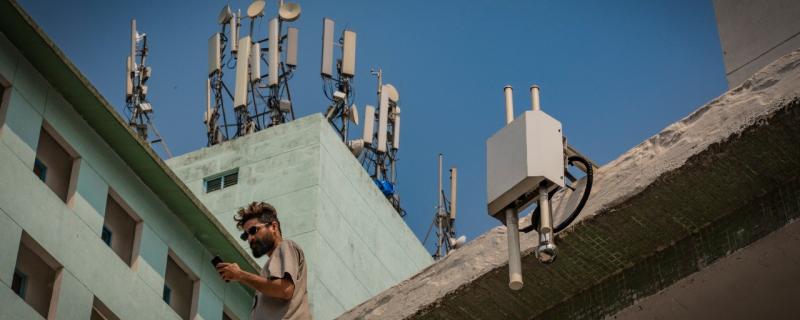Researchers from the Indian Institute of Technology, Bombay show us how basic research is helping India inch closer to the dream of hypersonic travel.
Researchers find early warning signs of diabetic kidney disease and pave the way for personalised treatment.
Mumbai/









![Image: Mgiganteus [Public domain], from Wikimedia Commons.](/sites/researchmatters/files/styles/large_front_800x320/public/india_satellite_image.png?itok=V3gYwjmi)
